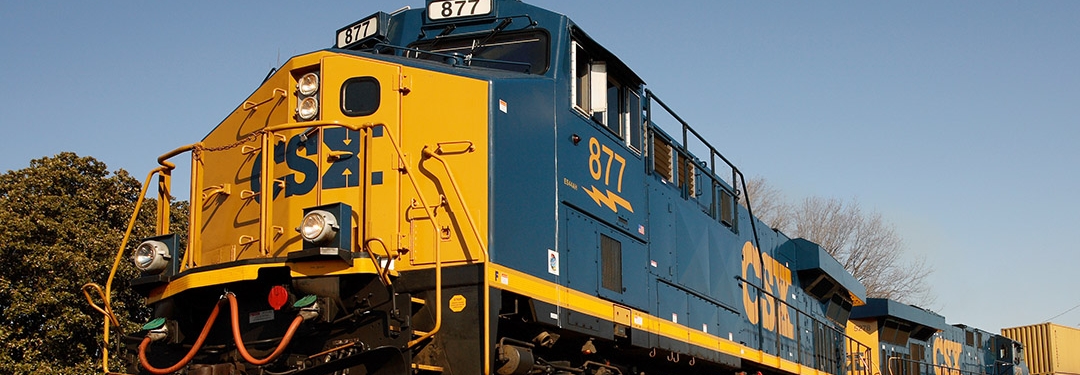CSX: Rails to Ports Synergy
CSX: Rails to Ports Synergy

Rail transportation is often overlooked in conversations about efficiency and essential infrastructure, yet it plays a critical role in sustaining the American economy. While many associate rail with commuter systems in the Northeast, the reality is far broader: rail is the backbone of U.S. freight movement and a key driver of global competitiveness.

Business Development, CSX
“Infrastructure and rail access is a critical component of that, especially on the manufacturing side,” said Kellen Riley of CSX. “It (rail) is the most efficient land-based transportation mode.”
This efficiency is especially evident in the connection between rail and ports. As Riley put it, “railroads and ports kind of go hand-in-hand.” With a “manufacturing renaissance” underway and reshoring initiatives gaining momentum, the demand for reliable, scalable rail solutions has increased significantly.
The rise of inland ports in the last decade has also contributed to the importance of rail. Riley described these developments as a “natural evolution,” given rail’s longstanding relationship with seaports. “We’ve had a lot of success in year’s past and even currently today working with the major ports to identify inland networks, often driven by an anchor tenant,” he said.
CSX’s approach is clear: serve as the critical link between ports and the markets they reach. By providing an efficient alternative to congested highways, rail enables ports to expand capacity, streamline operations, and better serve their customers.
“Typically, it’s driven by the port in particular,” Riley said. “They have a need, they have a user, they have an anchor tenant, or they have a density of traffic that is ultimately going to and from the port and they try to build that network up, but instead of highways they bridge it with rail.”
With more manufacturing shifting back to the United States, rail will continue to grow in strategic importance. From sourcing raw materials to delivering finished products for export, rail offers unmatched efficiency, reliability, and scalability.
Beyond its operational advantages, rail also supports corporate sustainability goals. According to a 2022 study by Stanford University, rail transport emits one-seventh of the greenhouse gases per ton-mile as trucks. In addition, rail cars can contain the equivalent of three to four trucks. Fewer trucks equal less emissions, ultimately making the rail system a more environmentally friendly mode of transport.
